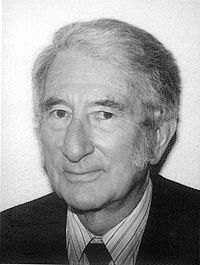Noted sociolinguist M.A.K. Halliday relates the ideational and interpersonal levels of textual meaning to a general theory of language-in-use.

It is clear that language does … construe human experience. It names things, thus construing them into categories; and then, typically, goes further and construes the categories into taxonomies, often using more names for doing so. So we have houses and cottages and garages and sheds, which are all kinds of building; strolling and stepping and marching and pacing, which are all kinds of walking, in, on, under, around as relative locations and so on – and the fact that these differ from one language to another is a reminder that the categories are in fact construed in language. More powerfully still, these elements are configured into complex grammatical patterns like marched out of the house; the figures can be built up into sequences related by time, cause and the like-there is no facet of human experience which cannot be transformed into meaning. In other words, language provides a theory of human experience … .
At the same time, whenever we use language there is always something else going on. While construing, language is always also enacting: enacting our personal and social relationships with the other people around us. The clause of the grammar is not only a figure, representing some process – some doing or happening, saying or sensing, being or having – with its various participants and circumstances; it is also a proposition, or a proposal, whereby we inform or question, give an order or make an offer, and express our appraisal of and attitude towards whoever we are addressing and what we are talking about. This kind of meaning is more active: if the ideational function of the grammar is `language as reflection’, this is `language as action’. We call it the interpersonal metafunction, to suggest that it is both interactive and personal.
This distinction between two modes of meaning is not just made from outside; when the grammar is represented systemically, it shows up as two distinct networks of systems. What it signifies is that (1) every message is both about something and addressing someone, and (2) these two motifs can be freely combined – by and large, they do not constrain each other. But the grammar also shows up a third component, another mode of meaning which relates to the construction of text. In a sense this can be regarded as an enabling or facilitating function, since both the others – construing experience and enacting interpersonal relations – depend on being able to build up sequences of discourse, organizing the discursive flow and creating cohesion and continuity as it moves along. This too appears as a clearly delineated motif within the grammar. We call it the textual metafunction.
M. A. K. Halliday and Jonathan J. Webster. 2005. Computational And Quantitative Studies: The Collected Works Of M.A.K. Halliday. New York: Continuum. pp.28-30. || Amazon || WorldCat
